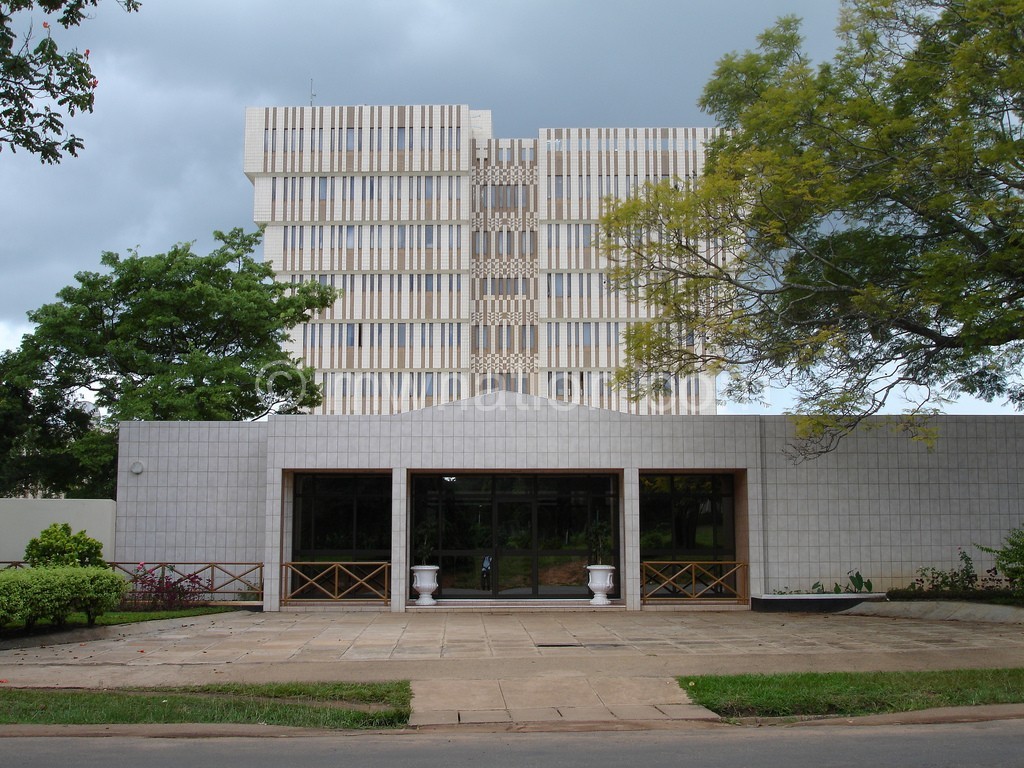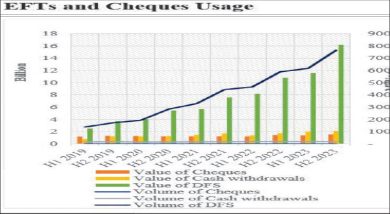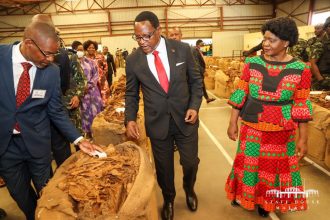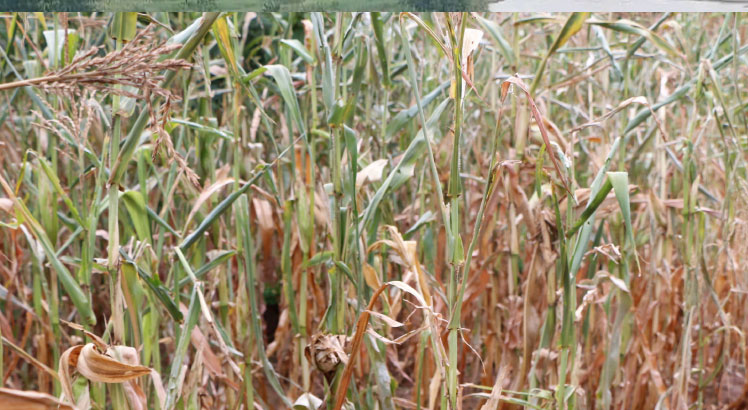RBM keen to achieve price stability
- Maintains policy rate at 27percent
The Reserve Bank of Malawi (RBM) has said it wants to achieve price stability in the medium term by maintaining the policy rate, or bank rate, at 27 percent.

Through its Monetary Policy Committee (MPC) meeting held on Thursday and Friday in Lilongwe, RBM has also maintained the liquidity reserve requirement (LRR)—the minimum amount of cash or cash equivalents that commercial banks are required to keep at the central bank without earning interest—at 7.5 percent.
In a statement of the third MPC meeting for 2016 chaired by governor Charles Chuka, RBM observed that on the domestic front, real gross domestic product (GDP) growth at 3.1 percent, is expected to remain subdued following two consecutive years of below par agriculture production due to floods and dry spell.
Reads the MPC statement: “According to the July 2016 World Economic Outlook update, growth for 2016 has been revised downwards to 3.1 percent from 3.2 percent forecast in April 2016. The revision was based on projected weak demand and narrowing output gap which were expected to weigh negatively on economic activities in advanced economies.
“Oil prices are projected to remain steady at $48 per barrel in 2016 and gradually rise to around $50 to $60 per barrel in 2017.”
Inflation rate in June 2016 increased to 22.6 percent and the MPC has attributed the rise to an increase in prices of food items that were compounded by exchange rate depreciation.
The MPC has, however, observed that the underlying inflationary pressures could be mitigated if the maize supply situation improved in the months ahead.
On money supply growth, the committee said growth averaged 26.3 percent during the first five months of this year, slightly above the estimated nominal GDP growth for the year at 24 percent, reflecting heightened demand pressures.
“Money supply growth was largely driven by credit to government partly for maize purchases. Net credit to government contributed 15.6 percent to the increase in money supply,” said the statement.
Liquidity conditions in the banking system were tight between May and July 2016 and net government injections into the system amounted K165.07 billion, according to the statement.
During the same period, the MPC statement said, RBM intensified mop up operations to withdraw liquidity injected from the expansionary government operations.
Because of this, RBM withdrew K129 billion from the banking system, resulting in a net injection of K35.98 billion which led to rising interbank market rate to 26.7 percent in July 2016 from 14.8 percent in April 2015.
Currently, the central bank’s foreign exchange reserves stand at $648.20 million, which is about three months of import cover, from $541.1 million in February.
Despite the reasonable level of reserves, the kwacha depreciated by 6.1 percent between April and July to K726 to the dollar, according to the statement.
“The depreciation was due to lower tobacco outcome and unfounded expectations for a continued depreciation, leading to increased foreign currency denominated account [FCDA] balances and holdings of long positions in foreign exchange by banks,” reads the statement.
The latest Economist Intelligence Unit (EIU) 2016 second quarter (April to June) country report for Malawi said monetary policy is expected to remain tight as the authorities try to foster price stability and support the kwacha.
“We do not expect the central bank to intervene excessively in the free-floating exchange rate mechanism despite coming under political pressure. This is a cornerstone of Malawi’s agreement with the International Monetary Fund [IMF] and given the country’s dependence on external financing, the authorities are unlikely to renege on such fundamental policy commitment,” reads the FIU report.
The report further observes that with inflation forecast to fall to single-digit from late 2018, the central bank might gradually lower its policy rate to provide room for growth in credit to the private sector.
But it said structural inefficiencies in the banking sector will likely keep commercial rates high at around 37 percent.





